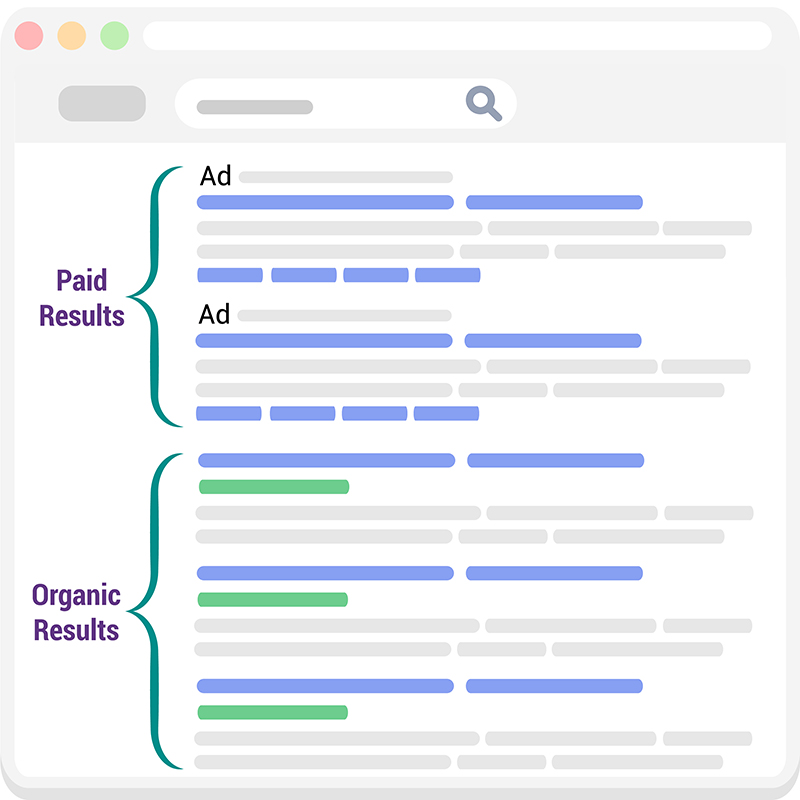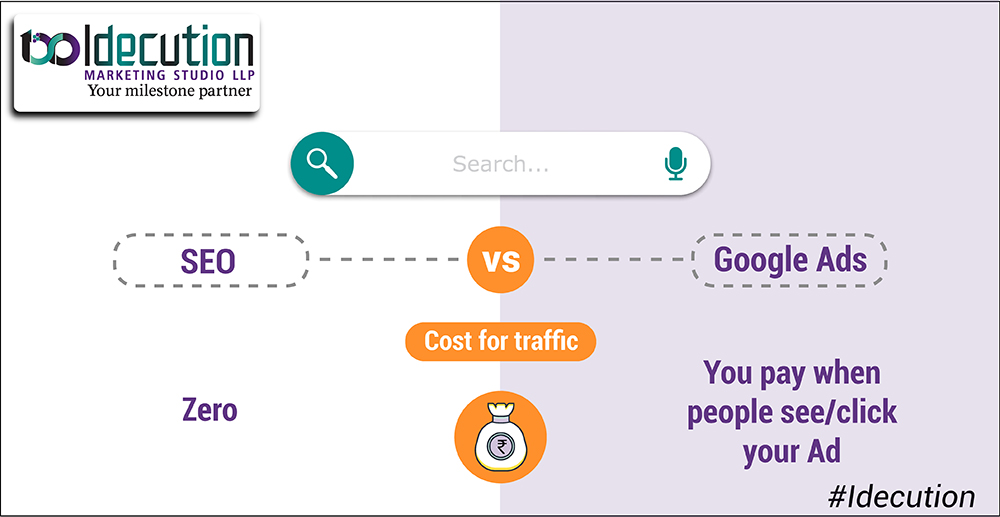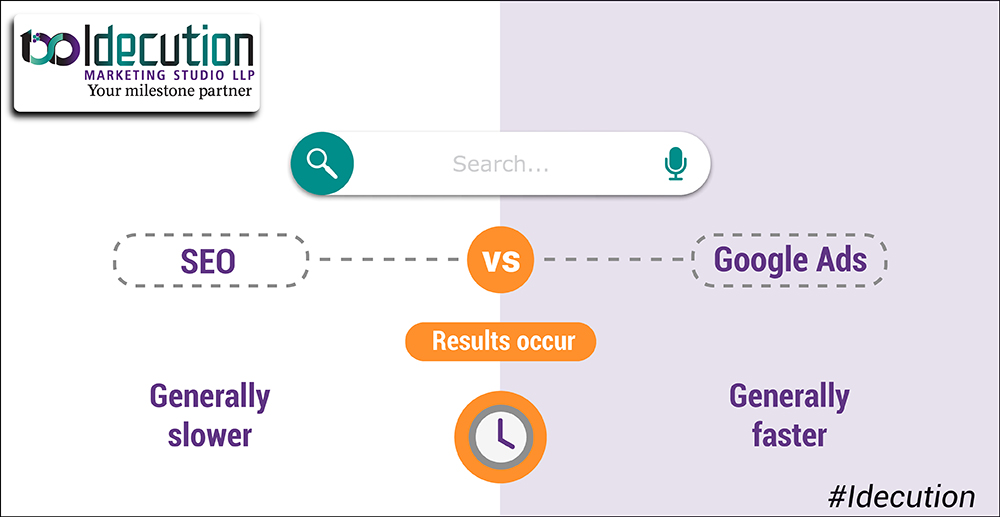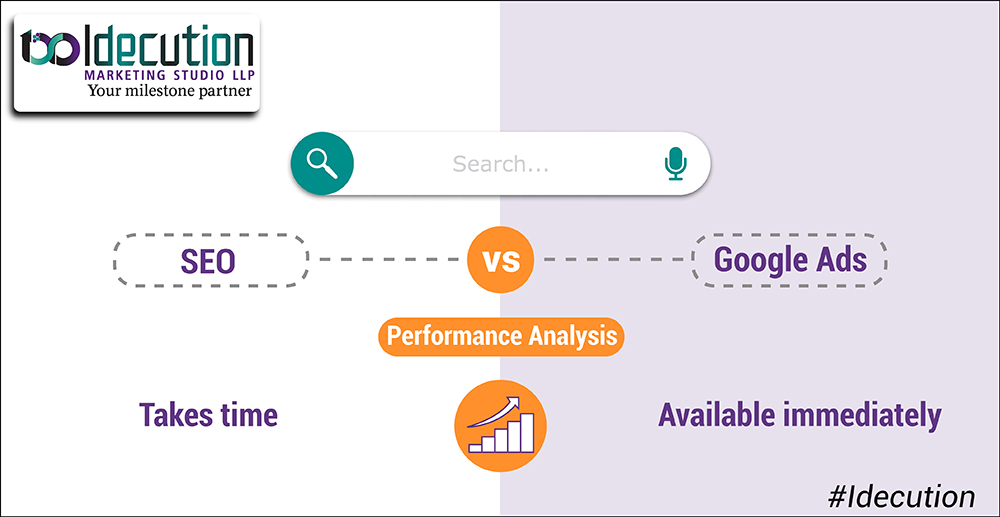SEO AND SEM - DIFFERENT PATHS TO THE SAME DESTINATION
Click To Tweet
When a business decides to take its first steps into digital marketing, it can be a pretty chaotic experience with lots of jargon and acronyms flying around. In the absence of a guiding hand, it is very easy to get lost, make the wrong tactical and strategic decisions, and end up losing time, money and momentum in the market. We are here to make sure this does not happen to you. Today, we explain to you the difference between the most commonly used (and sometimes confused with each other) tactics in digital marketing - SEO and SEM.
Before we move ahead with the differences between SEO and SEM, we will take a quick look at exactly what these are. SEO stands for Search Engine Optimisation. Contrary to what you might think, we do not optimise search engines here, we optimise for search engines. In SEO, we restructure and rephrase the content, restructure the website and optimise its navigation if needed, so that the quality and quantity of traffic to your website or a web page from search engines is improved. This involves the use of proper keywords and keeping the content crisp and relevant. SEM stands for Search Engine Marketing. In this, we promote the website using tactics like Google ads. The primary goal of SEM is to ensure that your website gets ranked higher in search engine results immediately, thus increasing its visibility to the target audience.
Below screenshot captures how the organic (due to SEO) and paid (due to SEM) results are typically shown in Google SERP (Search engine result page).
Now that we have seen what SEO and SEM are, and what they seek to do, here is how they differ from each other, and what that means for your digital marketing strategy.
Cost of acquiring website traffic
SEO: Zero
Google Ads: You pay when people see/or click on your Ad
Search engines such as Google, Bing etc. provide a website with valuable traffic which is essentially intent-driven, meaning that the customer is actively looking for something. Here, you can either go for organic (or in other words, free) traffic through SEO or paid traffic through Ads. The cost of acquiring the traffic is an important factor to consider. With SEO, you do not pay anything to the search engines because the listing appears as a natural result of optimisation efforts. In case of Google Ads (or search engine marketing), you pay every time someone clicks on or sees your Ad.
Results of strategy (boost in website traffic)
SEO: Generally slower
Google Ads: Generally faster
Typically, SEO takes longer than Google Ads to show results. This happens because in case of Google Ads your website can start appearing on the first page almost immediately. On the other hand, SEO takes time to organically influence page ranking, where it grows over a period of time.
Traffic generation
SEO: Continuous
Google Ads: Only when the campaign is running
SEO and Google Ads act differently in terms of when they generate traffic for your website. While SEO works organically and round the clock for you, Ads generate bursts of traffic while they are running.
Placement
SEO: Search results only
Google Ads: Search results and sites owned by Google and partners
SEO and Google Ads work differently when it comes to their placement on the internet. While the effects of SEO can be seen only in the search results on search engines, Google Ads place your products and services not only in the search results but also on sites owned by Google and their ad partners.
Performance analysis
SEO: Takes time
Google Ads: Available immediately
When you choose a digital marketing tactic, determining its performance and return on your investment is important. With SEO, it takes some time to see the performance analytics and return on investment as the improvement itself happens over time. With Google Ads, this information is available immediately.
Last but not the least, though SEO and SEM differ widely in terms of how they operate and boost your business, neither of them can be discarded in favour of the other. Additionally, there are some steps which are common to both SEO and SEM - namely optimising the navigation and restructuring the website to ensure that smooth and engaging user experiences are delivered.
A sensible mix of both strategies with enhancements to the UI and UX of the website can bolster your brand presence more than any single one would.
Now that you have read about the differences and the commonalities between SEO and SEM, wouldn’t it be interesting to know how Idecution delivers on these tactics?







